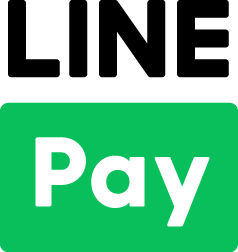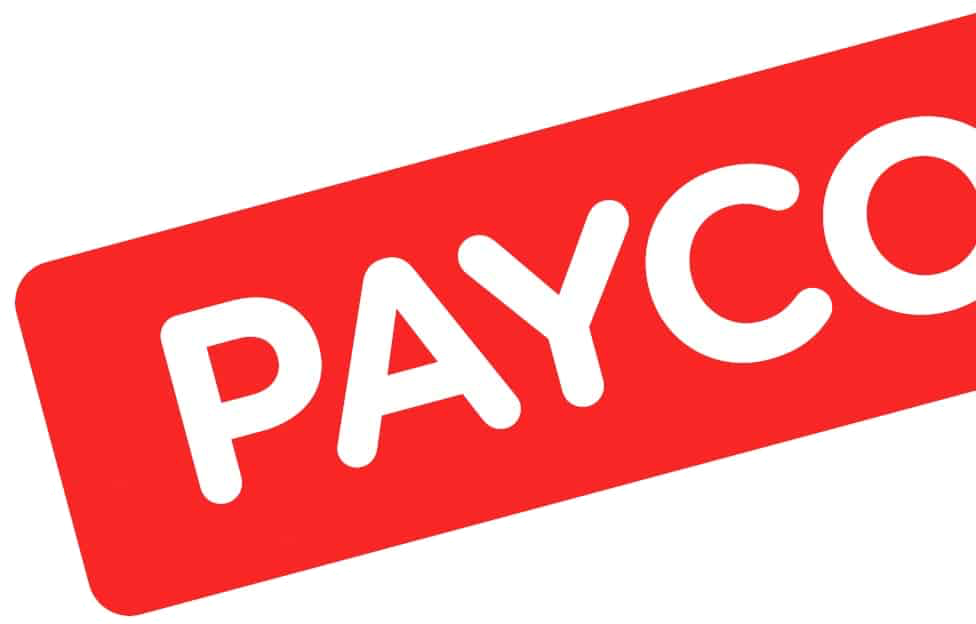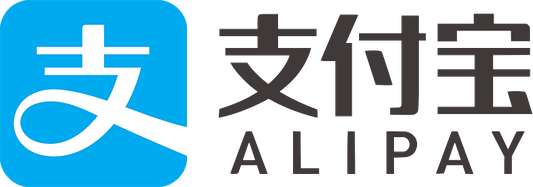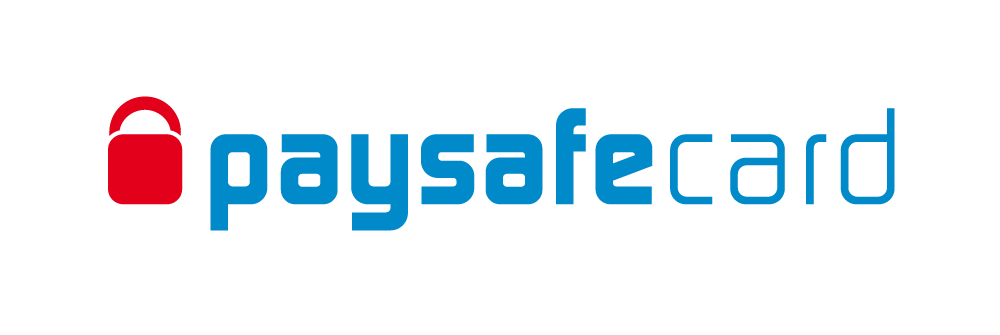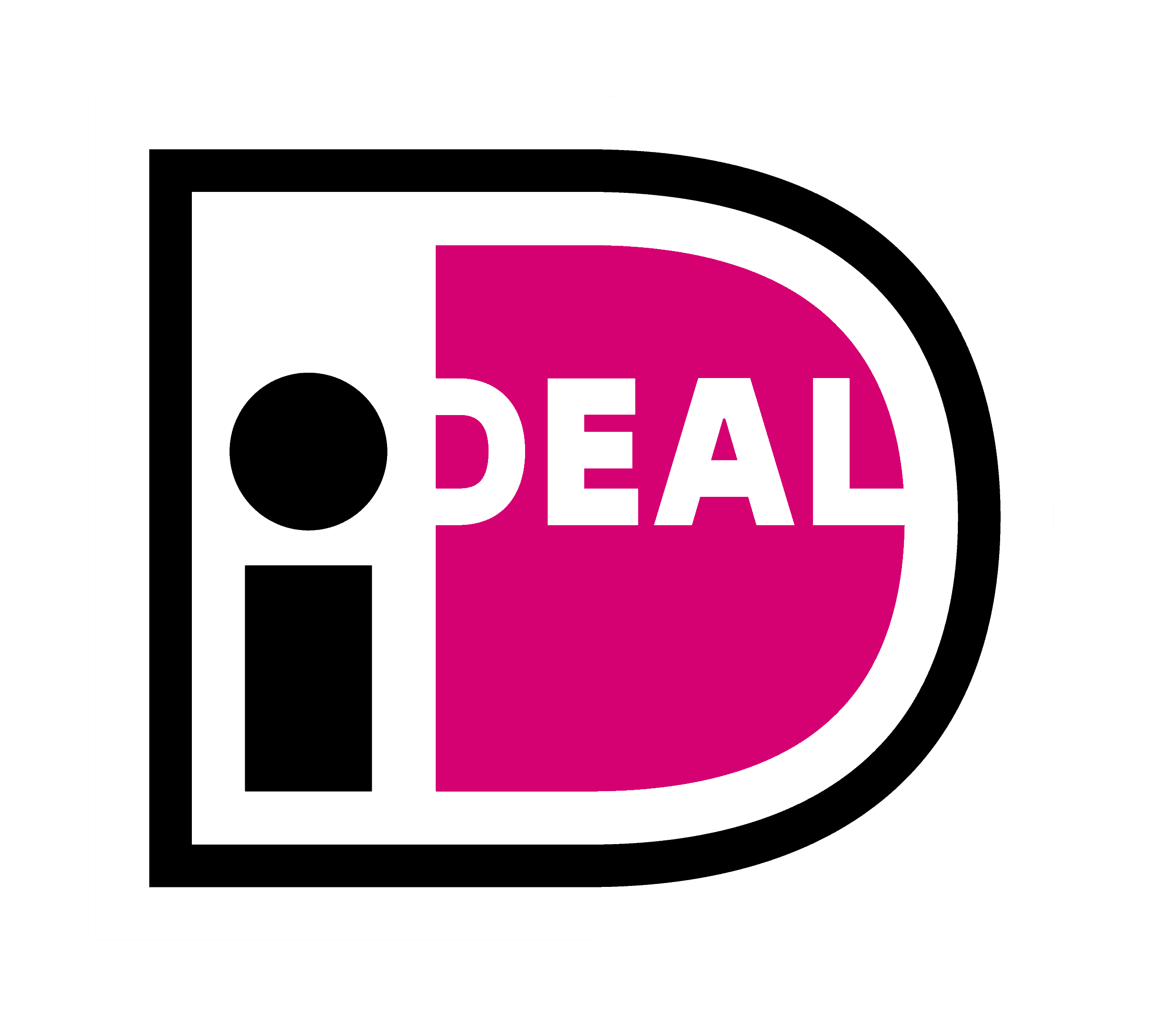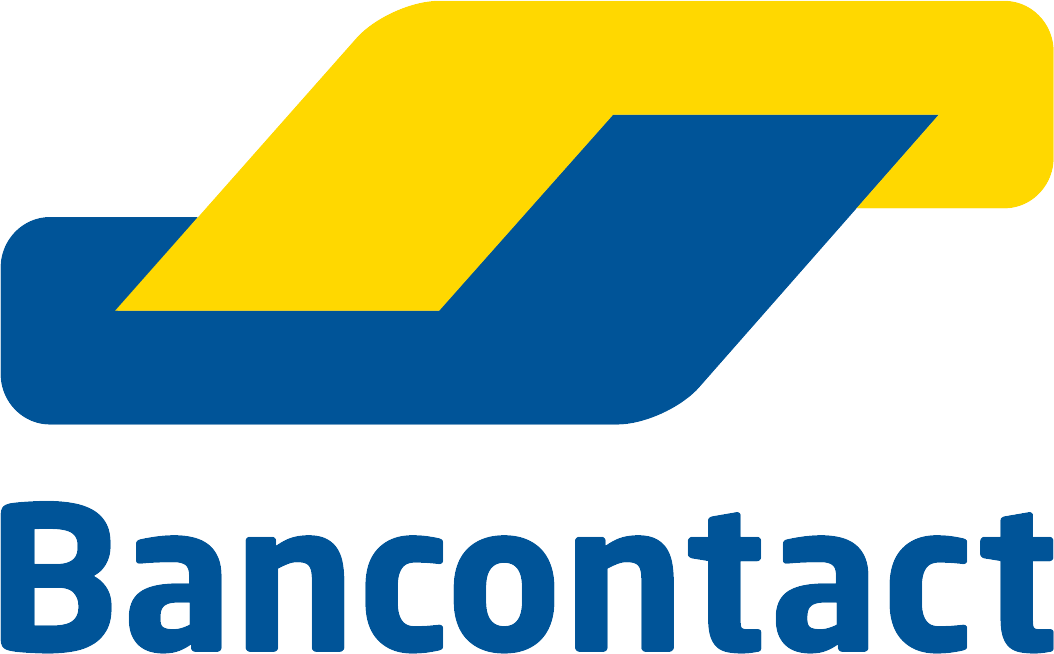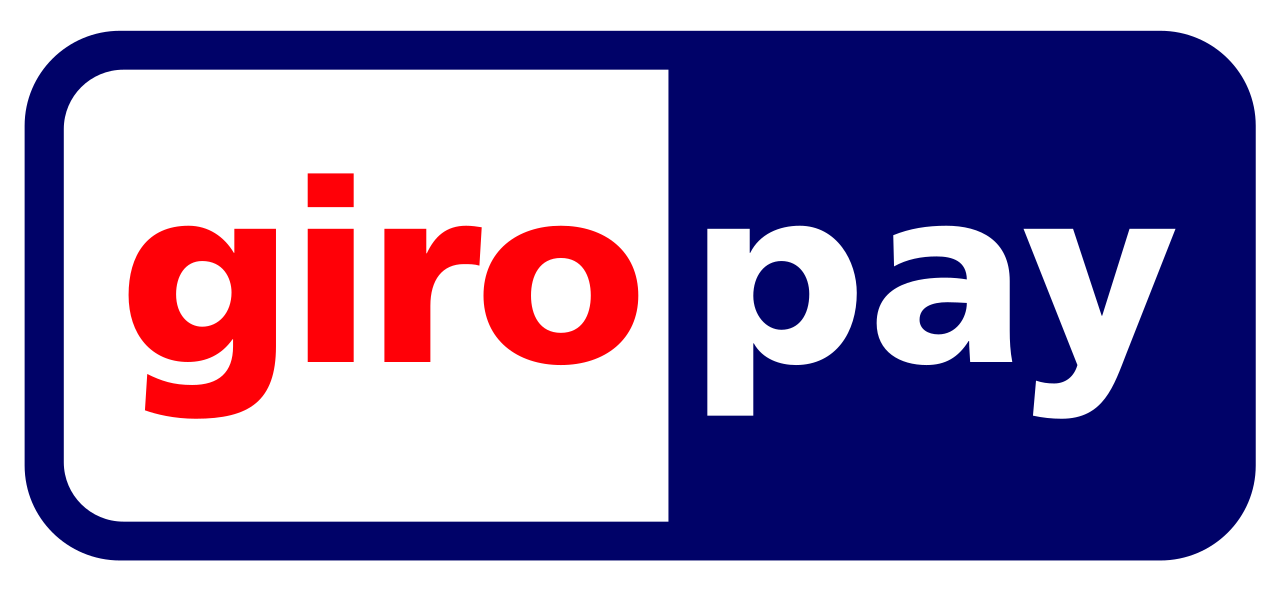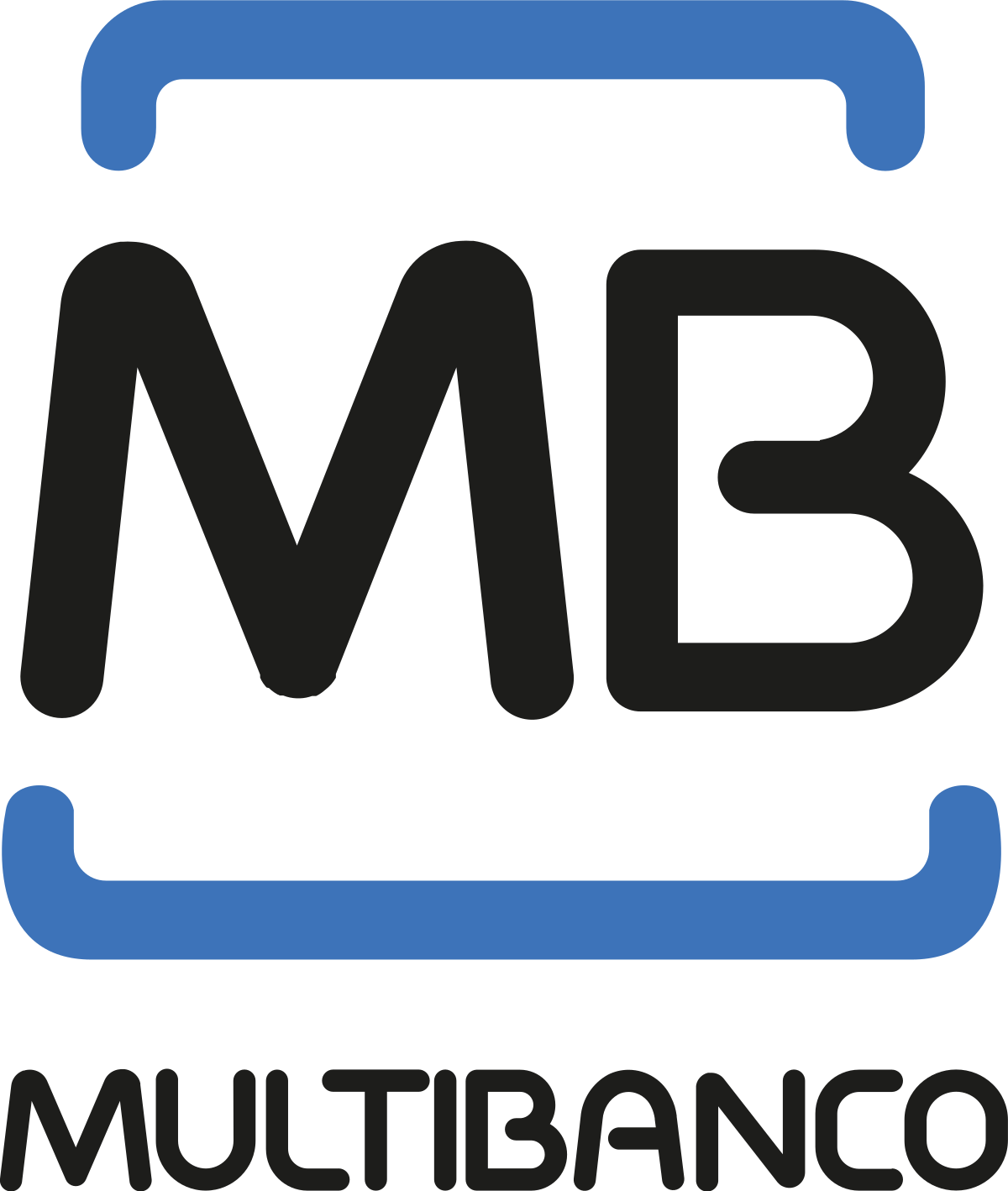
We help businesses accept payments online.
Approximately 7 out of 10 shoppers abandon their shopping carts, which leads to an estimated $18 billion in lost revenue for eCommerce businesses every year. Cart abandonment is not just a sales issue; it affects other aspects of your business, like customer relationships, brand perception, and long-term profitability.
While businesses need to focus on technical or operational causes, such as slow checkout processes or limited payment options, psychological factors also play a crucial role. Understanding these hidden emotional triggers provides valuable insights into consumer behavior, helping you create a smoother checkout experience.
In this article, we’ll explore some psychological reasons behind cart abandonment and share practical, psychology-driven solutions to help you increase your conversion rates and improve the overall shopping experience.
Why Cart Abandonment Matters
The Impact on Your Business
Cart abandonment is not just inconvenient, it also represents lost opportunities for revenue, customer trust, brand reputation, and long-term business growth.
How Cart Abandonment Affects Different Aspects of Your Business
1. Business Operations
- Inventory Management:–
Abandoned carts can cause businesses to overestimate product demand, which skews forecasting and may lead to excess inventory.
This disconnect between demand and actual sales can hurt a company’s efficiency and lead to extra storage costs or missed opportunities to sell other items.
- Customer Feedback
After a purchase, customers can provide feedback and leave reviews, which merchants use to improve their products and services. Abandoned carts leave businesses with fewer opportunities to gather valuable insights.
- Competitive Disadvantage
In the highly competitive eCommerce landscape, businesses that don’t optimize their checkout experience risk losing customers to competitors with more seamless processes.
2. Marketing
- High Customer Acquisition Costs (CAC) and Low Return on Investment (ROI) – Businesses invest a lot of money into paid advertising, SEO, content marketing, and other strategies to attract visitors. Did you know only 3 out 10 customers who add items to their cart complete their purchase? This means that abandoned carts minimize these efforts and yield a low ROI.
- Missed Opportunities for Repeat Business – A completed purchase often marks the beginning of a long-term customer-brand relationship. Frequent cart abandonment means that the opportunity to develop that relationship and have repeat business is lost.
3. Finance
- Direct Revenue Loss – Every abandoned cart represents missed revenue. This is apparent as even a small optimization can significantly impact the overall sales and profitability of a company.
- Lower Profit Margins – Frequent cart abandonment makes profitability more difficult for businesses, requiring them to spend more to drive conversions.
4. Brand Perception
- Negative Customer Experience – When checkout friction occurs frequently, it can lead to frustration with the checkout process, causing the customer to perceive the brand as ‘ inconvenient or unreliable.
- Loss of Customer Trust – Shoppers expect a smooth and secure checkout experience, and unexpected fees, few payment options, or security concerns can lower their trust in the brand.
7 Psychological Reasons Behind Cart Abandonment

In this section, we’ll explore the top seven reasons behind cart abandonment, illustrating how checkout friction and psychological factors influence each other and cause shoppers to hesitate.
1. Hidden or Unexpected Costs - The Silent Deal Breaker
About 47% of customers abandon their carts due to unexpected costs. Hidden costs don’t just add friction to the checkout process—they trigger a negative emotional response that pushes customers toward cart abandonment.
At this stage, everything is in the cart, and the customer is ready to check out—until suddenly, there are extra fees. Shipping, taxes, handling costs, it’s more than they expected. Now they’re second-guessing the purchase.
Checkout Friction: These unexpected charges make checkout feel misleading or unnecessarily expensive.
Emotional Trigger: Loss aversion kicks in, where the unexpected loss outweighs the potential gains. What was once an exciting purchase now feels frustrating.
Psychological Effect: That frustration leads to hesitation. Instead of moving forward, they start asking: “Is this worth it?” Many decide it’s not.
2. Limited Payment Options – The Convenience Barrier
Customers expect flexibility at checkout, and when their preferred payment method isn’t available, they become frustrated and often walk away. (About 13% of customers).
Imagine a shopper ready to buy but realizing their go-to payment method (PayPal, mobile wallet, BNPL) isn’t accepted. Now they have to enter card details manually—or worse, sign up for a new service. It feels like extra work.
Checkout Friction: This process feels restrictive and inconvenient, making checkout harder than it should be.
Emotional Trigger: Decision paralysis occurs when too few options make shoppers feel trapped, while too many steps make checkout feel tedious.
Psychological Effect: Instead of adapting, many choose the easiest option, which is to abandon the cart and shop somewhere else.
3. Complicated Checkout Process – The Patience Tester
The more effort required at checkout, the more likely a shopper is to give up before completing the purchase.
Picture this: a customer is ready to buy, but the checkout page asks them to create an account, fill in multiple fields, verify emails, and confirm captchas. The excitement of buying turns into frustration and fatigue.
Checkout Friction: Each additional step requires mental effort, making checkout feel overwhelming.
Emotional Trigger: Cognitive overload—too many steps lead to decision fatigue, causing shoppers to opt out rather than push through.
Psychological Effect: Rather than struggle through a frustrating checkout, customers abandon their carts and look for an easier buying experience elsewhere.
4. Security Concerns – Trust Issues
If customers don’t trust a website, they won’t enter their payment details—no matter how great the deal is.
A shopper reaches checkout but hesitates—is this site safe? They don’t see any security badges, recognize the payment provider, or the brand name is not familiar. Doubt sets in, and rather than risk being a victim of fraud, they abandon the purchase.
Checkout Friction: When the checkout looks suspicious, proceeding feels risky.
Emotional Trigger: Fear of loss—customers naturally avoid situations where their money or personal data doesn’t feel safe.
Psychological Effect: Without clear trust signals, uncertainty wins, and the customer chooses to leave rather than take a risk.
5. Slow Website Speed – The Instant Gratification Setback
The chances of cart abandonment increase with every extra second it takes a website to load.
A shopper clicks “checkout” and waits. And wait. A few seconds feel like an eternity. Instead of being excited to complete their purchase, frustration builds. If the page doesn’t load fast enough, they close the tab and move on.
Checkout Friction: Delays create doubt—a slow site feels unreliable, making checkout seem broken or inefficient.
Emotional Trigger: Impatience—today’s shoppers expect instant gratification, and any delay breaks the momentum.
Psychological Effect: When checkout feels slow or unreliable, customers lose confidence and abandon the process.
6. Lack of Trust Signals – The Missing Reassurance
When a brand is not familiar, it has the extra challenge of convincing shoppers that it’s legitimate.
A customer finds a product they like but hesitates at checkout. There are no reviews, no customer testimonials, and no guarantees. With so many online scams, they wonder: “Can I trust this site?” Instead of taking a risk, they leave.
Checkout Friction: The absence of social proof or brand credibility creates uncertainty at checkout.
Emotional Trigger: Uncertainty avoidance—customers look for reassurance from others before making a decision.
Psychological Effect: Without trust signals, doubts grow, and customers choose to shop with a more familiar brand instead.
7. Lack of Urgency – The Indecision Factor
Without a reason to buy now, many shoppers delay the purchase—sometimes forever.
A customer is interested in a product but sees no urgency—there’s no time-sensitive discount, no stock limit, no reminder or incentive to act now. They tell themselves they’ll come back later, but most never do.
Checkout Friction: A lack of urgency makes the purchase feel optional.
Emotional Trigger: FOMO (Fear of Missing Out) doesn’t kick in, so there’s no psychological push to complete the purchase.
Psychological Effect: Without urgency, the purchase feels optional, leading to hesitation and, eventually, abandonment.
Solutions to Reduce Cart Abandonment: Strategies & Insights
Understanding why customers abandon their carts is only the beginning. The next step is addressing the friction points and emotional triggers that cause customers not to proceed with checkout.
Below are some proven strategies to reduce cart abandonment. These solutions not only focus on optimizing the checkout process but also leverage psychology to engage customers and increase the chances of completing their purchase.
1. Offer Clear Pricing Upfront: Display the full price early in the process, including taxes, shipping, and other fees.
Psychological Effect: Transparency reduces anxiety and builds trust, and gives customers confidence about their decisions.
How to Apply: Show a price breakdown on the product page and/or during the cart review stage to set clear expectations from the beginning.
2. Offer Multiple Payment Options: Include popular payment methods (credit cards, PayPal, mobile wallets).
Psychological Effect: Having more choices makes customers feel empowered, reducing decision paralysis.
Practical Application: Offer guest checkout options and diverse payment options to avoid barriers.
3. Simplify the Checkout Process: Minimize steps and offer guest checkout options.
Psychological Effect: Reduces cognitive load and frustration.
Practical Application: Use auto-fill for address fields and remove unnecessary form fields.
4. Provide Security Signals:
Display trust badges, SSL encryption symbols, and secure payment gateways.
Psychological Effect: Reduces fear and creates a sense of security.
Practical Application: Display badges like “Verified by Visa” or “Secure Checkout” at checkout.
5. Improve Website Speed:
Optimize website performance and reduce loading times.
Psychological Effect: Prevents impatience and frustration.
Practical Application: Use lightweight images, implement lazy loading, and streamline scripts.
6. Use Social Proof and Reviews: Include user reviews, testimonials, and ratings on product pages.
Psychological Effect: Builds trust and reduces uncertainty.
Practical Application: Display reviews prominently, and showcase positive customer experiences.
7. Create Urgency with Scarcity and FOMO: Add urgency with countdown timers or low stock notifications.
Psychological Effect: Triggers FOMO and motivates quicker decision-making.
Practical Application: Use time-limited offers or highlight low-stock items to drive urgency.
Case Studies
Several companies have successfully dealt with cart abandonment by addressing both friction points and psychological triggers.
- Goldwin, a fashion retailer, increased membership registrations by 1.5x with Rakuten ID Connect. Simplifying sign-ups reduced decision paralysis, built trust, and boost purchase rates.
- XPrice saw Rakuten Pay become three times more popular than other payment methods. By offering Rakuten Points and leveraging Rakuten’s reputation, they tapped into customers’ reward motivation, enhancing trust and encouraging repeat purchases.
- Artisan&Artist improved customer satisfaction by switching to Rakuten Pay, which reduced anxiety around cash-on-delivery issues. This led to higher spending per transaction and more repeat buyers, driven by trust and reliability.
How Working with a Payment Provider Can Help Reduce Cart Abandonment
There are many aspects of your business that need your attention, like sales and customer service, and growth. Managing them all can be overwhelming, however, they can’t be ignored. Payment issues, if not handled efficiently, can lead to lost revenue. By partnering with a reliable payment gateway provider, the process is simplified, allowing you to focus on growing your business.
How KOMOJU Helps Reduce Cart Abandonment
Cart abandonment is often caused by checkout friction, security concerns, and limited payment options. KOMOJU addresses these challenges by offering:
- Diverse Payment Options: KOMOJU supports various payment methods, both locally and globally. Merchants can give their customers the option to pay via credit cards, digital wallets, and Buy Now, Pay Later (BNPL) services like Paidy. This gives them flexibility, which helps reduce checkout friction.
- Transparent Pricing: KOMOJU offers clear and upfront payment processing with no sign-up or monthly fees, which ensures transparency. Merchants pay per transaction only, removing unexpected costs that could deter customers.
- Enhanced Security Measures: KOMOJU is compliant with international security and privacy standards (PCI-DSS), creating a secure payment environment that addresses trust concerns.
- A Streamlined Checkout Experience: KOMOJU can be integrated with most major platforms like Shopify and WooCommerce, which streamlines the payment process. Additionally, KOMOJU supports guest checkout, which reduces barriers for customers who prefer not to create accounts.
- Simplified Global Expansion: By supporting multiple currencies, KOMOJU makes it easy for businesses to accept payments from around the world. The payment process is streamlined, making checkout smoother for customers.
Explore KOMOJU’s latest strategies and tips to get more insights on how local payment methods can help you improve conversions.
Conclusion
$82 billion is lost in potential sales each year due to cart abandonment. This affects your company’s financial performance and other aspects of the business, like brand perception, marketing, and operations.
Some of the main causes of cart abandonment are unexpected costs, limited payment options, complicated checkouts, security concerns, slow websites, trust issues, and a lack of urgency.
These factors can cause customers to hesitate due to frustration and distrust.
To address these concerns, business owners should also understand the psychological and emotional triggers behind them. This puts you in a better position to implement solutions that remove friction from the checkout process, reduce cart abandonment, and increase conversion rates.
Partnering with a payment gateway like KOMOJU can help you simplify this process, so that you can focus on maximizing sales and growing your business.
FAQs
Cart abandonment occurs when customers put items in their shopping cart, reach the checkout section, but never complete their purchase. For eCommerce businesses, this represents lost sales opportunities. In fact nearly $82 billion is lost in revenue due to cart abandonment. A bigger concern for businesses is the impact it has on other areas, and it is also a signal that there are some inefficiencies in the checkout process.
The main psychological reasons behind cart abandonment are a lack of trust, frustration, discouragement, and a sense of urgency. These emotional triggers are caused by:
- Limited Payment Options:
- A Complicated Checkout Process
- Security Concerns
- Websites that take a long time to load
- Not seeing Trust Signals: includes badges, logos, and other signals that give the brand proof and credibility
- Lack of Urgency
There are several strategies to reduce cart abandonment, which involve optimization as well as changing consumer perceptions. These include :
- Simplifying the checkout process
- Offering multiple payment options
- Being transparent & upfront about Costs
- Creating a sense of urgency
The average cart abandonment is 70% across all industries. However, it can be affected by factors like product type, the checkout process, and the overall user experience.

We help businesses accept payments online.







